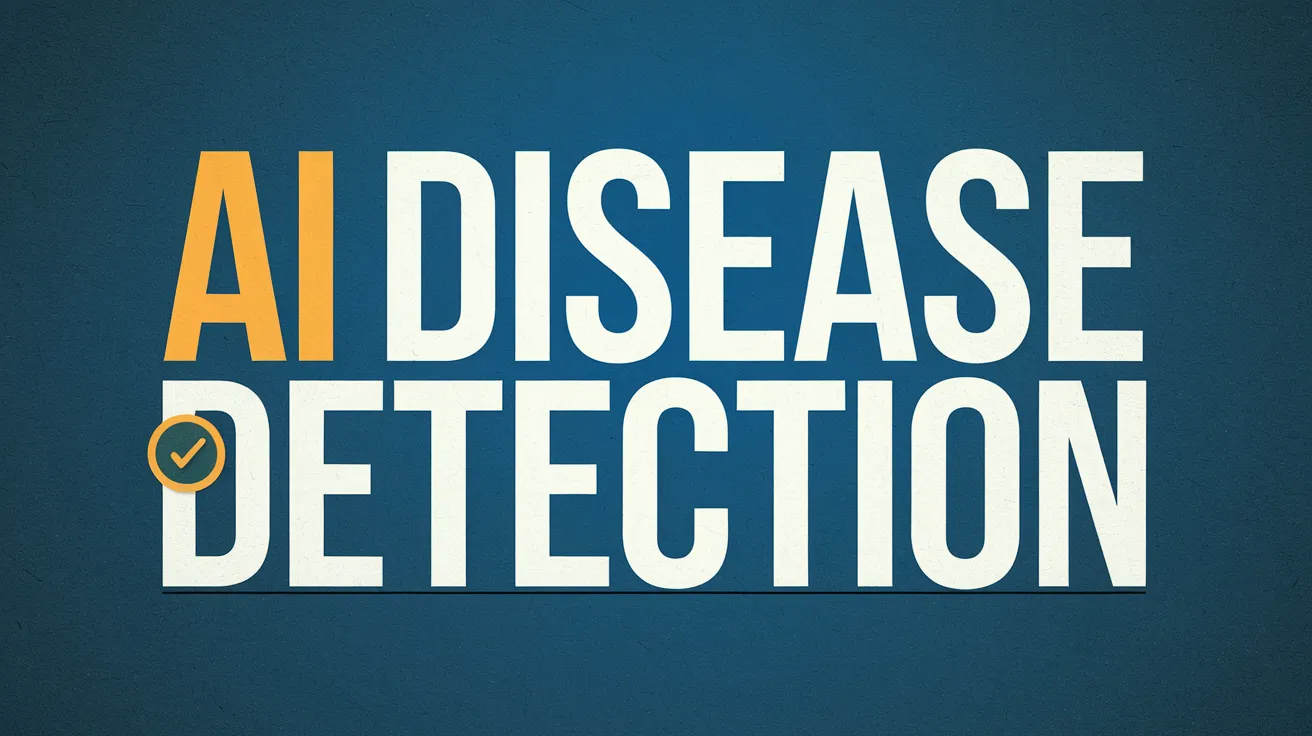AI Disease Detection Outpaces Humans

Breakthrough in AI for Disease Diagnosis
Recent advancements in artificial intelligence (AI) have unveiled a groundbreaking deep learning model developed at Washington State University (WSU) that significantly accelerates pathology detection in animal and human tissue images. Notably, this model not only surpasses human accuracy in some cases but also reduces the analysis time from months to mere weeks. The implementation of this technology could transform medical diagnostics, particularly in the context of cancer detection.
Understanding the Model’s Functionality
The AI system utilizes advanced neural networks to analyze gigapixel images, allowing for quick identification of disease signs that typically require hours for pathologists. The model was designed by computer scientists Colin Greeley and Lawrence Holder, utilizing high-resolution images from previous studies conducted by Michael Skinner’s laboratory, focusing on molecular-level disease indicators in various tissues of rat and mouse samples.
The researchers’ findings indicate that this model can identify pathologies faster and more accurately than contemporary human methods and even previous AI models. During trials, it discovered instances that trained human teams had overlooked, marking a significant improvement in diagnostic practices. “We now have a way to identify disease in tissue that is faster and more accurate than humans,” Holder adds, affirming the model’s efficacy.
The Implications of Faster Diagnostics
Traditionally, manual analysis of tissue samples demands meticulous effort from trained specialists who, through painstaking examination, aim to minimize errors. Skinner notes that entities engaged in genetic epigenetics research can complete what formerly required more than a year of work within weeks using the AI model. This newfound efficiency can lead to heightened research outputs and better resource allocation in medical settings.
Furthermore, the capability of the AI model to manage high-resolution gigapixel images demonstrates its potential for broader applications beyond animal studies. Collaborations with WSU veterinary medicine researchers in diagnosing diseases in deer and elk tissue samples are already underway, hinting at the model’s versatility.
Assessment of Deep Learning Capabilities
Deep learning, which simulates human cognitive processes, is leveraged in this model by configuring a network of neurons that learns from its mistakes through a method known as backpropagation. This core structure ensures continuous improvement, allowing the model to refine its analysis with each error encountered.
The positive feedback from the research team underscores the state-of-the-art nature of the model. Holder emphasizes that tests confirmed the model’s superiority when compared to existing methods, solidifying its role as a leading tool in pathology analysis.
As long as sufficient data is available for training—particularly annotated images identifying various diseases—the architecture of this AI model could evolve to enhance research and diagnostics in human medicine significantly, ushering in a new era in medical technology.